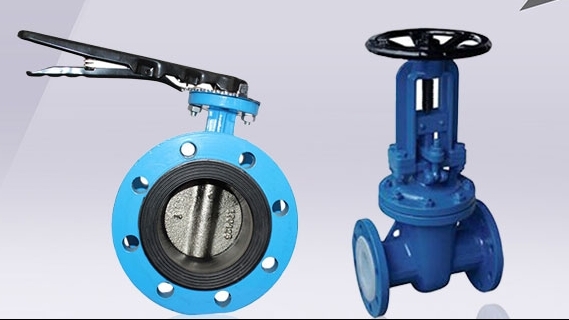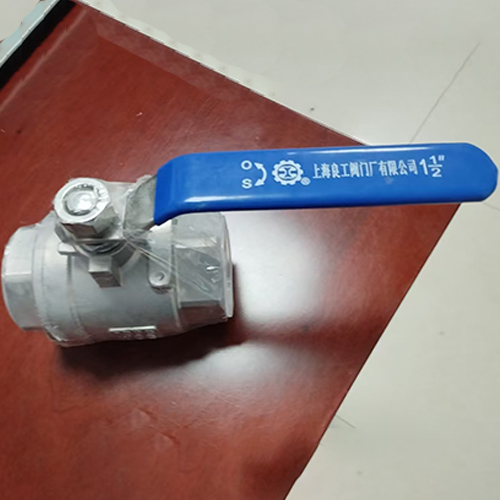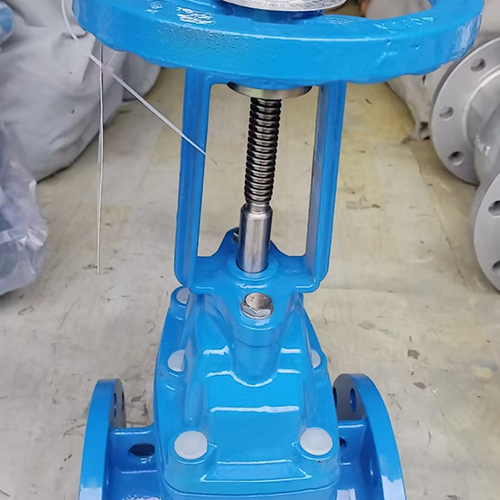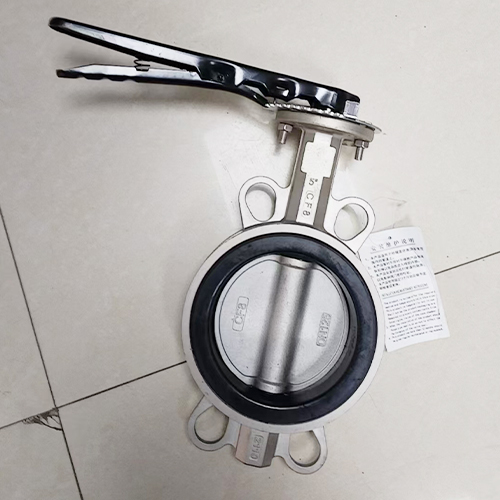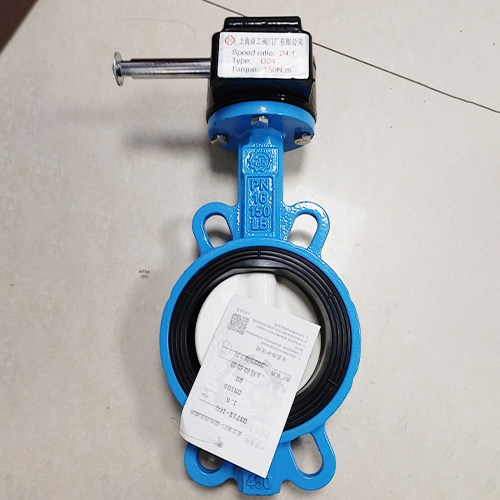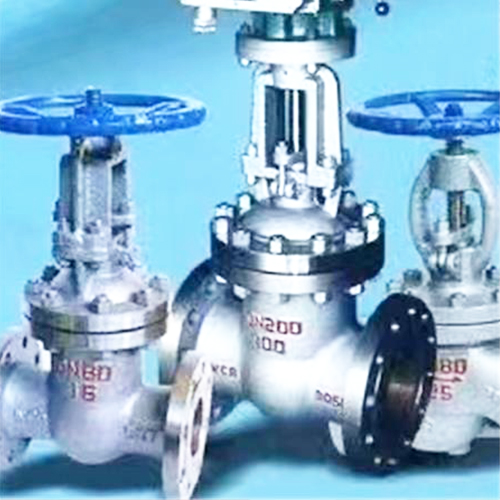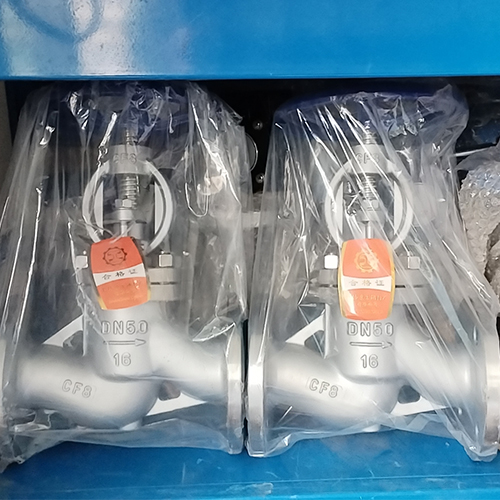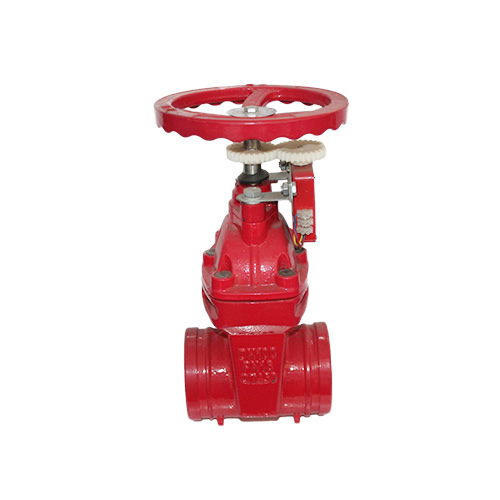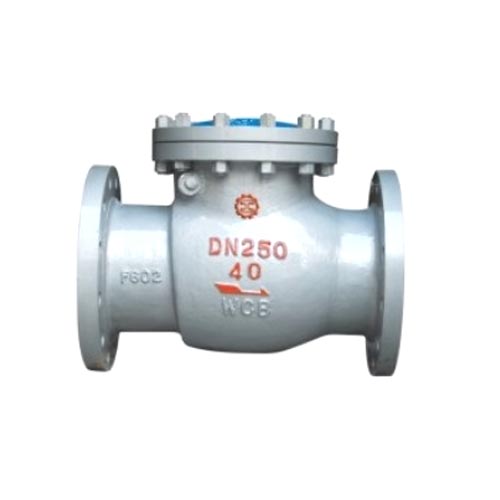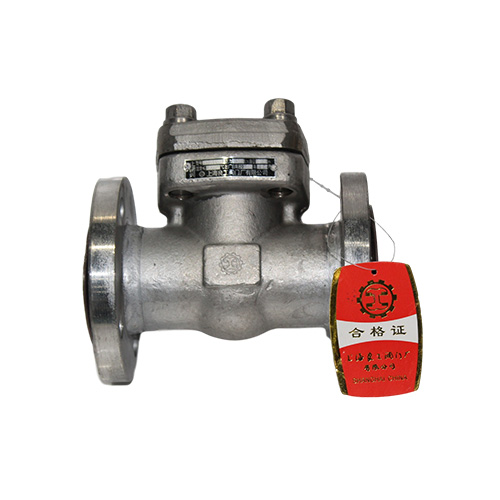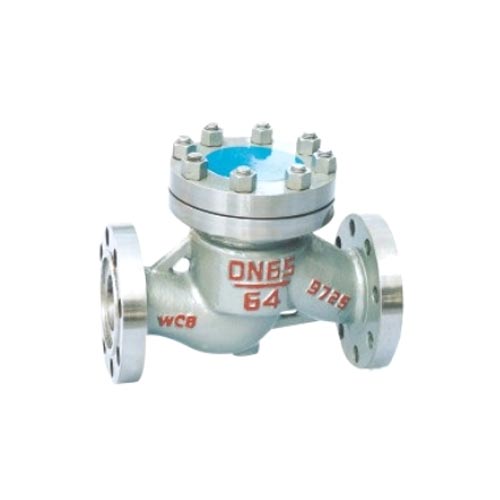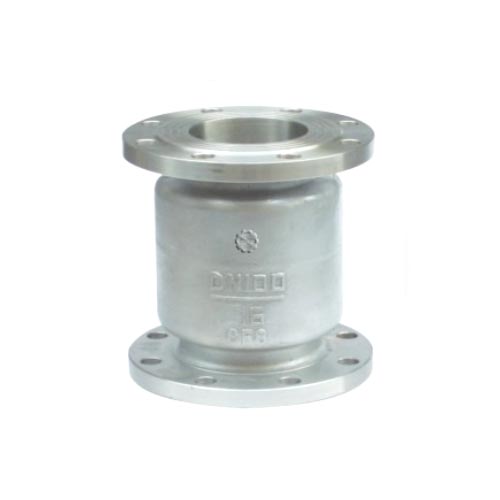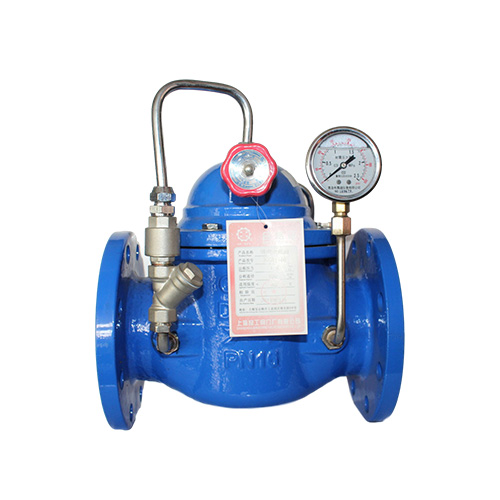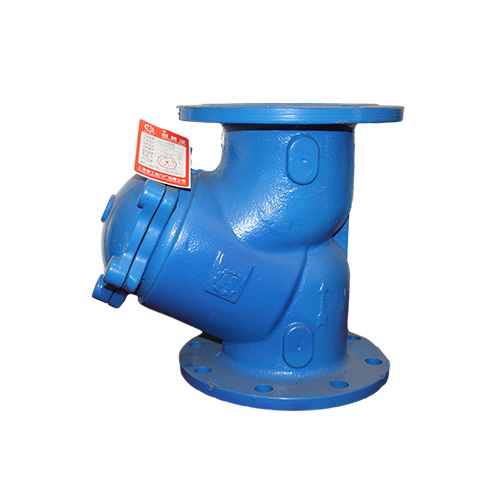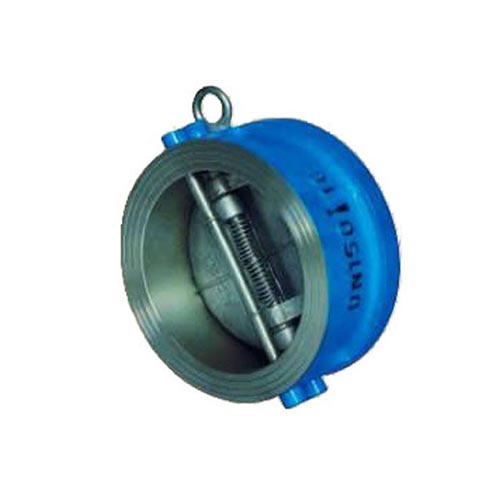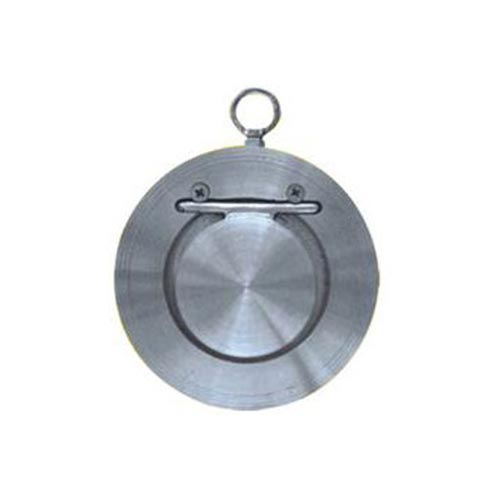智能閥門的控制模式是其實現(xiàn)精準(zhǔn)調(diào)節(jié)與高效運行的核心,不同模式根據(jù)應(yīng)用場景的需求,展現(xiàn)出各異的功能特性。這些模式通過集成傳感器、執(zhí)行器和控制算法,讓閥門擺脫傳統(tǒng)手動操作的局限,實現(xiàn)自動化、智能化的運行管理。
The control mode of intelligent valves is the core of achieving precise regulation and efficient operation. Different modes exhibit different functional characteristics according to the needs of application scenarios. These modes integrate sensors, actuators, and control algorithms to free valves from the limitations of traditional manual operation and achieve automated and intelligent operation management.
手動控制模式是智能閥門的基礎(chǔ)功能,即使在智能化系統(tǒng)中,也保留了手動操作接口。當(dāng)系統(tǒng)出現(xiàn)故障或需要緊急干預(yù)時,操作人員可通過現(xiàn)場旋鈕、手柄或遠(yuǎn)程手動指令直接控制閥門的開關(guān)或開度。這種模式為設(shè)備運行提供了安全冗余,確保在特殊情況下仍能維持基本操作,尤其適用于對可靠性要求極高的場景。
Manual control mode is the basic function of intelligent valves, and even in intelligent systems, manual operation interfaces are retained. When the system malfunctions or requires emergency intervention, operators can directly control the opening or closing of valves through on-site knobs, handles, or remote manual commands. This mode provides safety redundancy for device operation, ensuring that basic operations can still be maintained in special circumstances, especially suitable for scenarios with extremely high reliability requirements.
自動控制模式是智能閥門的核心應(yīng)用模式,其通過接收外部信號實現(xiàn)自主調(diào)節(jié)。常見的自動控制包括比例控制和 PID 控制:比例控制根據(jù)輸入信號與設(shè)定值的偏差,按固定比例調(diào)整閥門開度,適用于負(fù)荷變化平緩的場合;PID 控制則通過比例、積分、微分三個環(huán)節(jié)的協(xié)同作用,動態(tài)修正偏差,能快速響應(yīng)參數(shù)波動,在溫度、壓力、流量等需要高精度控制的系統(tǒng)中廣泛應(yīng)用。例如,在供水系統(tǒng)中,智能閥門可根據(jù)管道壓力傳感器的實時數(shù)據(jù),自動調(diào)節(jié)開度以穩(wěn)定管網(wǎng)壓力。
Automatic control mode is the core application mode of intelligent valves, which achieves autonomous adjustment by receiving external signals. Common automatic controls include proportional control and PID control: proportional control adjusts the valve opening according to a fixed ratio based on the deviation between the input signal and the set value, which is suitable for situations with gentle load changes; PID control dynamically corrects deviations through the synergistic effect of proportional, integral, and derivative processes, and can quickly respond to parameter fluctuations. It is widely used in systems that require high-precision control such as temperature, pressure, and flow rate. For example, in the water supply system, smart valves can automatically adjust their opening based on real-time data from pipeline pressure sensors to stabilize pipeline pressure.
定時控制模式通過預(yù)設(shè)時間參數(shù)實現(xiàn)閥門的周期性動作。操作人員可設(shè)定閥門的開啟時間、關(guān)閉時間及動作間隔,適用于有規(guī)律運行需求的場景。比如在農(nóng)業(yè)灌溉中,智能閥門可按預(yù)設(shè)的時間段自動開啟或關(guān)閉,實現(xiàn)定時定量灌溉,既節(jié)省人力成本,又能保證灌溉的規(guī)律性和均勻性。定時控制模式還可與節(jié)假日模式結(jié)合,在非工作日自動調(diào)整運行策略,進一步提升能源利用效率。
The timed control mode achieves periodic action of the valve through preset time parameters. The operator can set the opening time, closing time, and action interval of the valve, which is suitable for scenarios with regular operating requirements. For example, in agricultural irrigation, intelligent valves can automatically open or close according to preset time periods, achieving timed and quantitative irrigation, which not only saves labor costs but also ensures the regularity and uniformity of irrigation. The timed control mode can also be combined with the holiday mode to automatically adjust the operation strategy on non working days, further improving energy utilization efficiency.
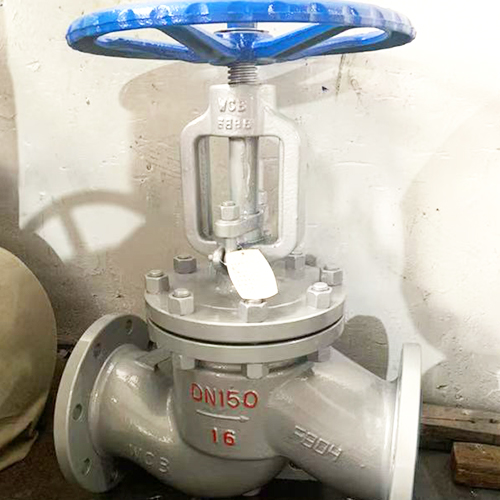
遠(yuǎn)程控制模式借助網(wǎng)絡(luò)通信技術(shù),讓操作人員在中控室或移動終端上實現(xiàn)對閥門的遠(yuǎn)程操作與監(jiān)控。通過物聯(lián)網(wǎng)平臺,操作人員可實時查看閥門的運行狀態(tài)、開度、壓力等參數(shù),并根據(jù)需要發(fā)送控制指令。這種模式打破了空間限制,尤其適用于分散式布置的閥門系統(tǒng),如城市管網(wǎng)、污水處理廠等,能大幅提高管理效率,減少現(xiàn)場巡檢的工作量。同時,遠(yuǎn)程控制模式支持?jǐn)?shù)據(jù)記錄與分析,為系統(tǒng)優(yōu)化提供依據(jù)。
The remote control mode utilizes network communication technology to enable operators to remotely operate and monitor valves from the control room or mobile terminals. Through the Internet of Things platform, operators can view the real-time operation status, opening, pressure and other parameters of valves, and send control instructions as needed. This mode breaks the spatial limitations and is particularly suitable for valve systems arranged in a decentralized manner, such as urban pipelines, sewage treatment plants, etc. It can greatly improve management efficiency and reduce the workload of on-site inspections. Meanwhile, the remote control mode supports data recording and analysis, providing a basis for system optimization.
聯(lián)動控制模式是智能閥門與其他設(shè)備協(xié)同運行的關(guān)鍵,通過系統(tǒng)集成實現(xiàn)多設(shè)備的聯(lián)動響應(yīng)。例如,在空調(diào)系統(tǒng)中,智能閥門可與溫度傳感器、風(fēng)機等設(shè)備聯(lián)動,當(dāng)室內(nèi)溫度高于設(shè)定值時,閥門自動增大開度,同時風(fēng)機加速運轉(zhuǎn),快速降低室溫;當(dāng)溫度達(dá)到設(shè)定值后,閥門與風(fēng)機協(xié)同調(diào)整至節(jié)能運行狀態(tài)。聯(lián)動控制模式能實現(xiàn)整個系統(tǒng)的協(xié)調(diào)優(yōu)化,避免局部設(shè)備單獨運行導(dǎo)致的能源浪費,提升整體運行效率。
The linkage control mode is the key to the coordinated operation of intelligent valves and other devices, achieving linkage response of multiple devices through system integration. For example, in an air conditioning system, smart valves can be linked with temperature sensors, fans, and other devices. When the indoor temperature exceeds the set value, the valve automatically increases its opening and the fan accelerates to quickly lower the room temperature; When the temperature reaches the set value, the valve and fan cooperate to adjust to the energy-saving operation state. The linkage control mode can achieve coordinated optimization of the entire system, avoid energy waste caused by individual operation of local devices, and improve overall operational efficiency.
應(yīng)急控制模式是保障系統(tǒng)安全的重要機制,當(dāng)檢測到異常情況時,智能閥門會自動觸發(fā)保護動作。例如,當(dāng)管道壓力超過安全閾值、閥門卡澀或電機過載時,系統(tǒng)會立即發(fā)出警報,并控制閥門快速關(guān)閉或切換至安全開度,防止事故擴大。應(yīng)急控制模式的響應(yīng)速度通常以毫秒級計算,能在短時間內(nèi)切斷危險源頭,為設(shè)備和人員安全提供有力保障。
The emergency control mode is an important mechanism to ensure system safety. When an abnormal situation is detected, the intelligent valve will automatically trigger a protective action. For example, when the pipeline pressure exceeds the safety threshold, the valve becomes stuck, or the motor is overloaded, the system will immediately issue an alarm and control the valve to quickly close or switch to a safe opening to prevent the accident from escalating. The response speed of emergency control mode is usually calculated in milliseconds, which can quickly cut off the source of danger and provide strong protection for equipment and personnel safety.
本文由 良工閥門 友情奉獻(xiàn).更多有關(guān)的知識請點擊 http://www.serviceforo.com 真誠的態(tài)度.為您提供為全面的服務(wù).更多有關(guān)的知識我們將會陸續(xù)向大家奉獻(xiàn).敬請期待.
This article is a friendly contribution from Lianggong Valve For more related knowledge, please click http://www.serviceforo.com Sincere attitude To provide you with comprehensive services We will gradually contribute more relevant knowledge to everyone Coming soon.
 企業(yè)公告:
企業(yè)公告:

